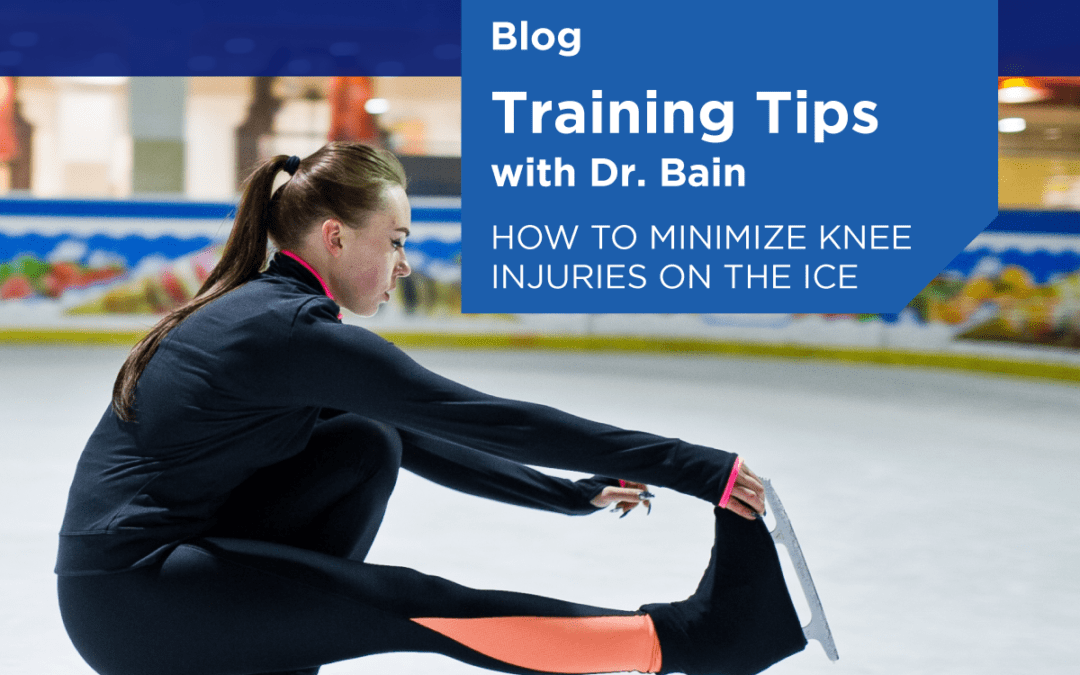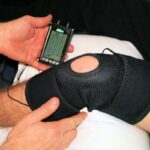When you think of Florida in the summer, an ice rink might be the last thing to enter your mind, but as temperatures and humidity rise, not only does Tampa Bay’s Lighting hockey team hit the ice for practice, plenty of people looking for a way to beat the heat lace up their skates and head inside, too. Ice skating is a great way to build strength in the body, but because it requires a lot of balance and quick movements, injuries can be common. Whether you’re a seasoned athlete or a weekend skater, how do sports medicine experts suggest you can minimize knee injuries on the ice?
We spoke with Dr. Timothy Bain, Founder of B3 Medical and sports medicine doctor who’s worked with athletes of all levels from various sports including the NHL to international figure skaters, to get some insights on common ice injuries and how to recover from them.
Eat Right
Eating right for your body and constitution goes a long way in keeping you healthy and your joints injury-free. It was Hippocrates, considered to be the Father of modern medicine, who around 400 BC said: “Let food be thy medicine and medicine be thy food.”
“Not only do we need to eat in a way that supports the development of healthy tissues, but for healthy, pain-free joints, we need to reduce consumption of “pro-inflammatory” foods like dairy, meats, refined sugars and fried and processed foods,” explains Dr. Bain.
Instead, opting for foods that decrease inflammation will help you keep a clear, sharp mind and a healthy, balanced body.
Fall the Right Way
An important factor to consider in preventing sports injuries is the source. While traumas are the result of falls, impacts, or acute issues like tears, overuse of the knee joints are actually much more common. Safe biomechanics that prevent imbalanced overuse will involve developing body awareness, which may include “un-learning” some of the habits that your body has made to compensate for pain or injuries in your past.
“Many athletes forget about their hips, and they don’t realize that their hip is supposed to be a shock absorber. So, a lot of times where they’re going up in the air and they’re landing, if they’re compressing, they can get locked into the joint, and the hip doesn’t shock absorb anymore. With our athletes, we really look at how to train the brain to fall the right way, before it becomes a problem for their knees, their backs, or their ankles.”– Dr. Tim Bain
Working with a chiropractor will align your spine and joints for a stable foundation and physical therapists can help manage muscular weaknesses or imbalances that could be unevenly wearing the joints. Falls can be better avoided with a better sense of balance. Awareness of your body in space, or proprioception, is an essential skill especially on the ice, and can be improved by establishing a simple yoga practice.
Heal Right
If you have sustained an injury and are in recovery, choosing the most supportive options for your healing will make sure you don’t end up with chronic pain conditions or patterns of compensation that change the way your joints and muscles move. The Sports Medicine professionals at B3 Medical understand the value of non-invasive options for targeting specific sources of pain, and also of using an integrative approach to promote your health and fitness, including functional assessments, orthopedic evaluations, and comprehensive, personalized care.
Has an Injury Compromised your Active Lifestyle?
At B3 Medical, our focus is on helping patients avoid risky surgeries and addictive opioids that only mask pain symptoms. Using minimally invasive procedures including innovative injection protocols, we’re able to treat the source of the pain, restoring patients to a state of health and optimal performance. Contact the professionals at B3 Medical today for an appointment and personalized treatment plan.



























